After two years of planning and organizing a new vision, the CIEE is pivoting from planning a “roadmap” to implementation. Officials from the Nevada Department of Education and the Nevada Commission on Excellence in Education, as well as other practitioners, discussed policy alignment, subcommittee structure, legislative coordination, and how they plan to implement the roadmap.
The CIEE was created in 2023 by Senate Bill 425. After conducting studies and comparing Nevada's education policies with those of high-performing international and domestic education systems, the CIEE has developed a plan to improve education in Nevada. The plan, or “roadmap”, will focus on implementing new policies, taking legislative action, and redesigning the metrics used to measure success. The vision is to implement competency-based learning that prepares students for future careers while strengthening educator development.
This plan focuses on four core ideas: competency-based, student-centered learning; strengthening educator development; expanding career pathways; and designing a performance dashboard, according to Nathan Driskell and Janice Case. The idea of competency-based learning is to produce students who are engaged in real-world, authentic learning, driven by the future-forward “Portrait of a Nevada Learner.” Educator development is intended to motivate teachers to push their boundaries, innovate, and adapt their teaching styles to meet the needs of all learners. Committed parents and community leaders, including business leaders, were encouraged to help support innovations and investments in public education.
During this subcommittee meeting, CIEE leaders heard input from several educators. Ryan Cordia, principal of Northeast Career and Technical Academy in Las Vegas, pointed out that there is no clear “why” outlined in the plan or a specific reason to change things. Along with this, he mentioned that some terms need to be clearly defined to avoid confusion. Competency, Mastery, and Carnegie Units are different metrics used to measure student understanding. However, they cannot be used interchangeably. The need for stronger partnerships with businesses and community organizations was also highlighted. Part of this proposed plan is expanding career pathways, but some barriers prevent students from gaining real-world learning experiences. In many cases, students must be 18 to be on job sites to learn about careers. A proposed solution was to use parent permission forms, which would shift some of the liability away from business partners and companies.
Other comments noted that, for this plan to make sense, new metrics need to be established to align with the vision. Old metrics do not align with this new plan, making it difficult for teachers to implement any change without suffering repercussions. Right now, current accountability systems punish innovation. One member commented, “The reason that people, educators, and our schools and our leaders are reluctant to try some of these things is because the systems that are set up punish you.” Members of this meeting were also encouraged to bring forward any friction points that may arise as the plan progresses. The main points of contention identified were a misalignment between Portrait of a Learner and the Nevada School Performance Framework and a lack of policy coherence across systems.
As the subcommittee pivoted from discussing to planning, some ideas were proposed for a statewide rollout of this roadmap. Some suggestions included creating a public-facing website with a clear explanation of the plan’s purpose, holding statewide meetings with teachers, students, families, and business leaders, launching storytelling campaigns to highlight school-based innovation, and leveraging the Future of Learning Network. This network is part of ongoing efforts to transform Nevada’s education by connecting educators, community partners, parents, and students in developing new systems to advance student-centered learning practices in schools across the state.
Next steps will include the formation of new subcommittees, a January convening, and statewide stakeholder outreach. Clark County School District teacher Sandra Kupfer expressed her support, saying, “I am excited to help make positive changes for education in the state of Nevada.”


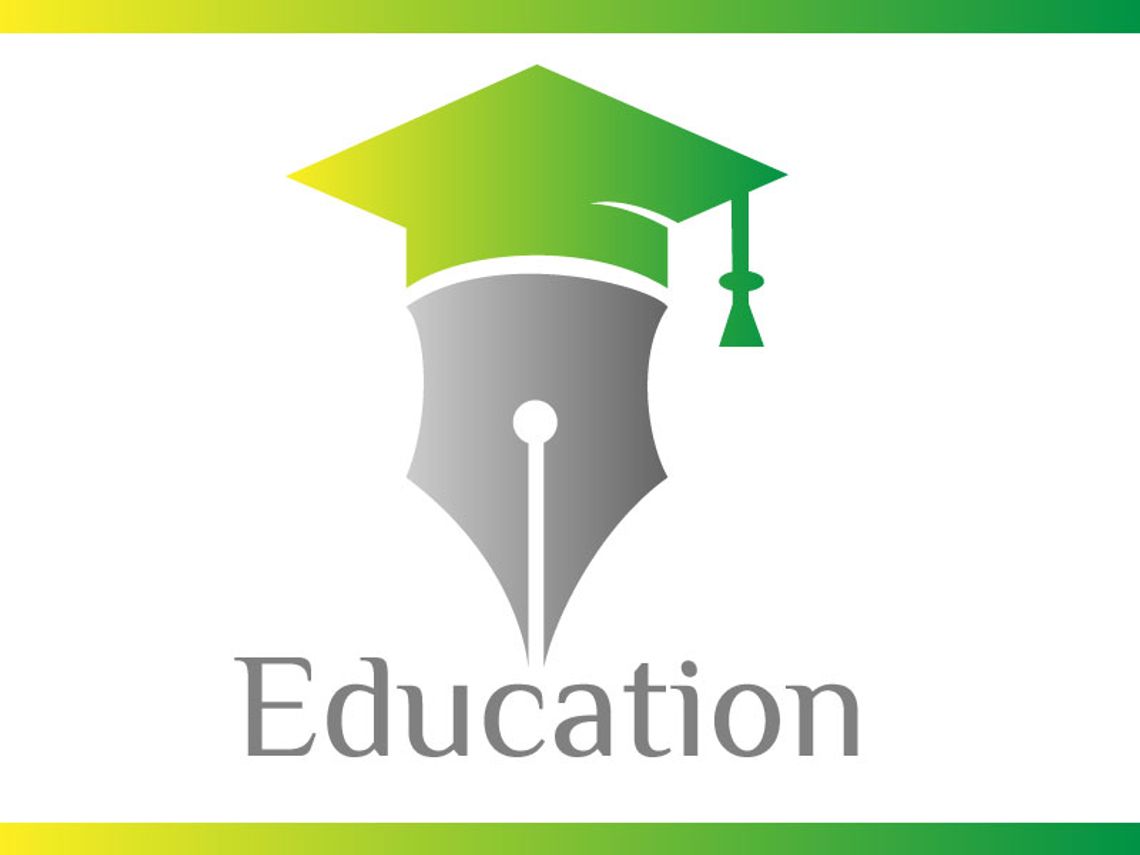
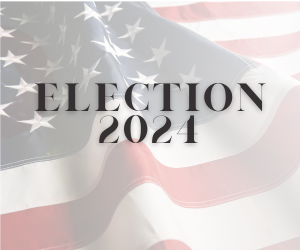


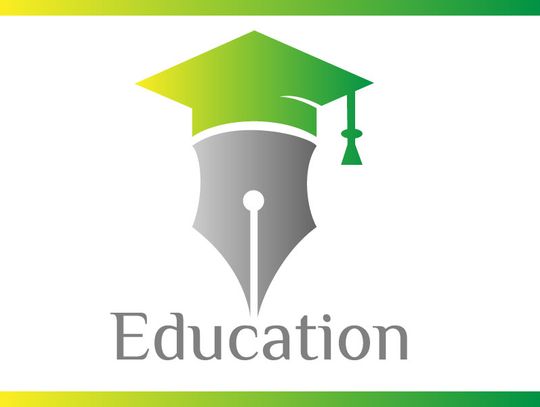


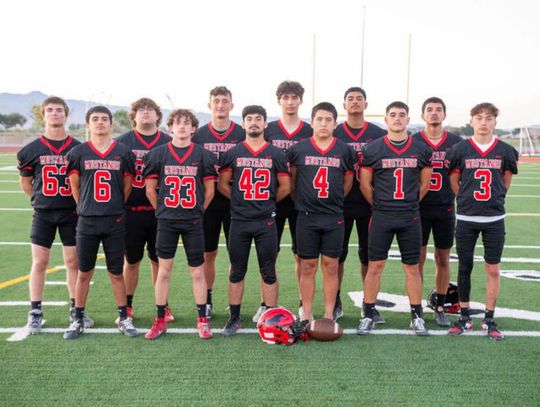

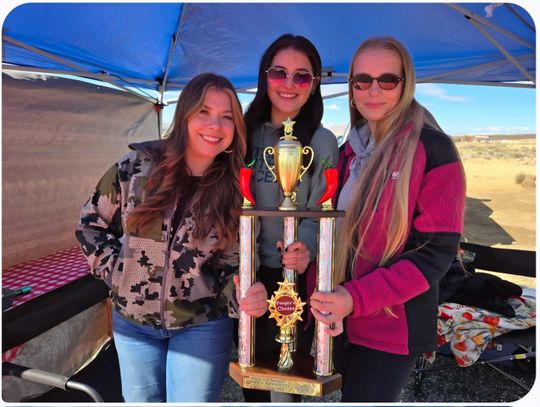

Comment
Comments